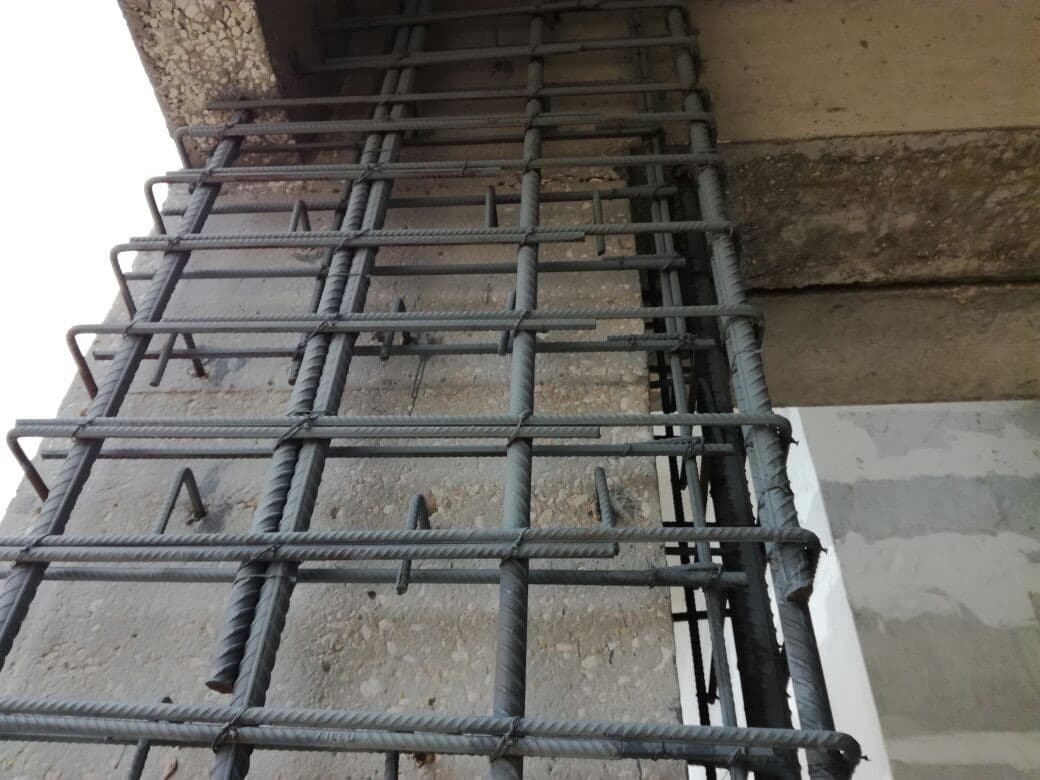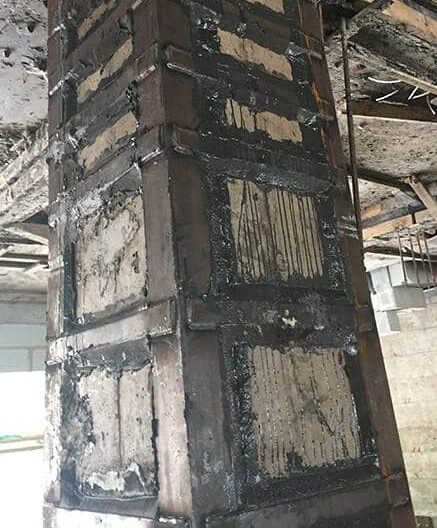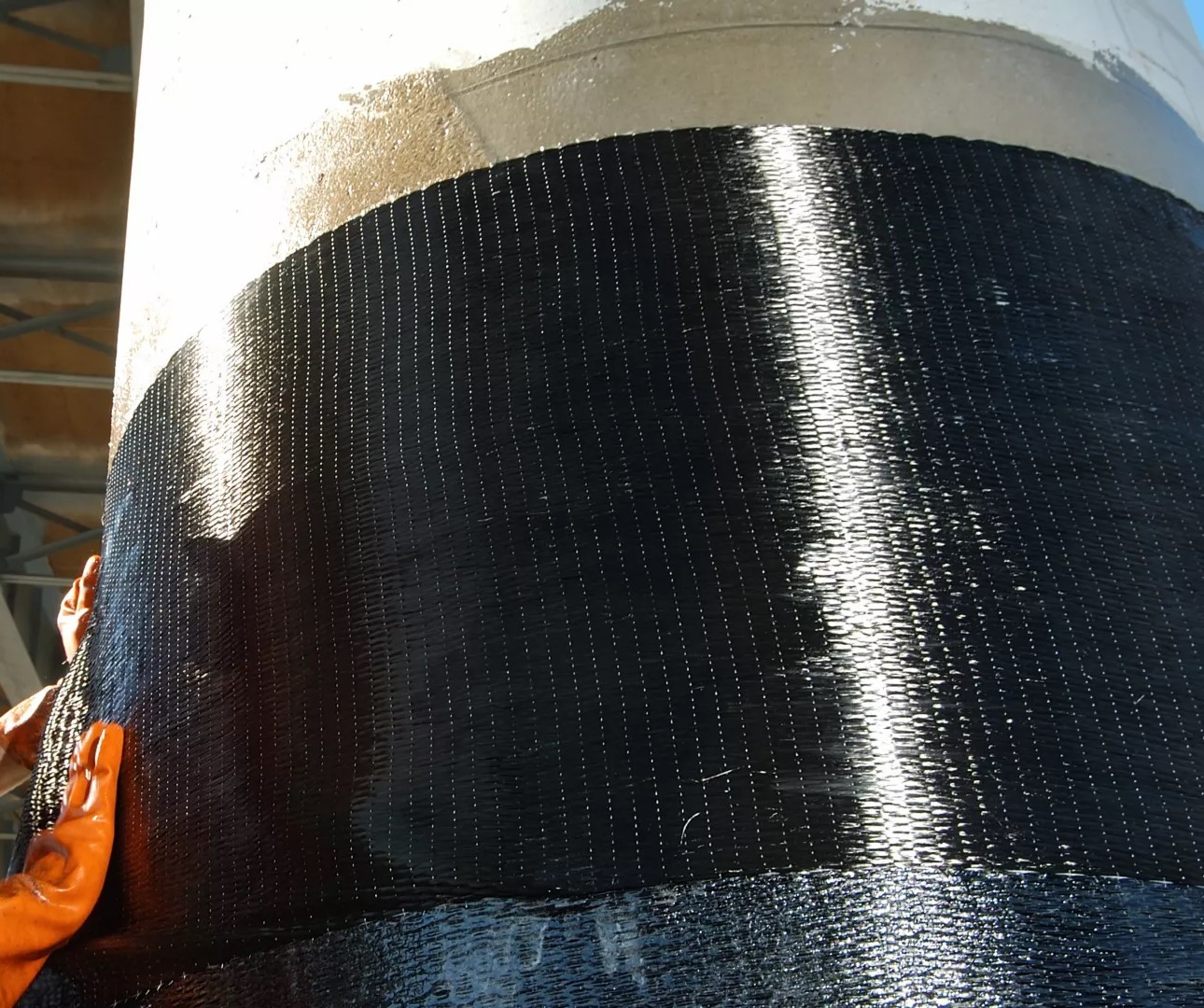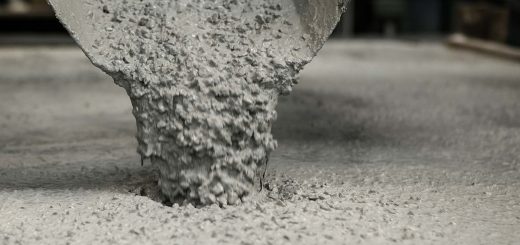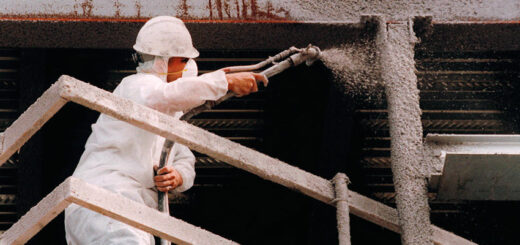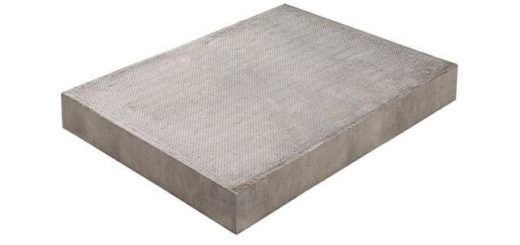Method of Strengthening Concrete Column
The methods of column strengthening are discussed in detail. Column retrofitting or jacketing of columns is part of improving or repairing methods.
This process generally, starts after the construction. Early notice of an error made during the construction also could require the strengthening of columns.
Why We Need Strengthening of Column
Some of the main issues that result in column improvement are as follows.
Fractures – Cracking of Column
The column could crack due to inadequate strength of the column. With the application of the loads or due to the increase in the load to that of the design load, cracking could be observed.
Low grade of the concrete, inadequate reinforcement, design errors, construction errors, etc. could be considered as other issues that cause column failures.
Durability Issues
Durability is the governing factor that determines the design life of a structure. When the concrete deteriorates, reinforcement corrodes, and another type of damage caused to the structure could lead to failure.
Carbonation, chloride attacks, etc. could lead to the corrosion of the reinforcement leading reduction in the structural capacity. The durability of concrete is the other concern we need to discuss when the durability issue of structure is discussed.
Increase Column Loads
Column load could be increased due to an addition of the new part such as brick walls, additional floor, etc. In these kinds of situations, we have to assess the condition of the foundation in addition to assessing the column.
It may be required to strengthen of foundation in addition to the column in these kinds of modifications.
Low Strength of Concrete
Due to construction issues or failure of the mix design concrete may not have adequate strength. In these instances, we check the capacity of the column for the available concrete strength. If it is not adequate, we have to do the strengthening the column.
Method of Column Strengthening
Before discussing the column strengthening methods, we have to keep in mind that especially when there are durability issues, cracks in the columns, etc., the column shall provide additional support to reduce its stress.
Keeping cracked columns with deteriorated concrete could lead to structural failure. Therefore, the proper assessment shall be done in consultation with a competent structural engineer.
Increase the size of the Column
Column jacketing of this nature is more common in construction as it is simpler than the other methods and it can be executed with the support of the site construction team in consultation with the structural engineer.
In this method, the following procedure is followed.
- Firstly, the additional required strength will be calculated based on the increase in the load or for a deteriorated column, based on the current capacity obtained from a structural assessment.
- Thus, an increase in the size and reinforcement can be calculated
- Chip the concrete surface.
- You may add some dowels bar to the existing column to improve the bonding and to avoid the separation of new concrete from old concrete.
- Fix the reinforcement cage and formwork.
- Depending on the arrangement you do the concrete, a bonding agent may be applied for better bonding.
Steel Supports
Steel plate or steel section such as universal beam or column fixed to the column to increase its capacity. These kinds of modifications are mostly done for a concrete column having good condition and have not deteriorated. In the cases of increasing the column loads due to some addition to the structures, the use of this method is more suitable.
The additional capacity will be matched with the addition of the new sections.
FRP Confining
There are two types of FRP jacketing technology: fiber cloth reinforcement technology and fiber plate reinforcement technology. It is a fresh approach to technical reinforcement and restoration. To achieve the reinforcement of the building structure, resin bonding materials are mostly used to paste fiber-reinforced polymer (FRP) products on the concrete surface and the stressed areas of the components.
The advantages of this method are high strength, low weight, the construction period is shorter, etc. This technology is also used for strengthening works for other elements such as beams and slabs.
When we used FRP we have been caused by the fire requirements.

